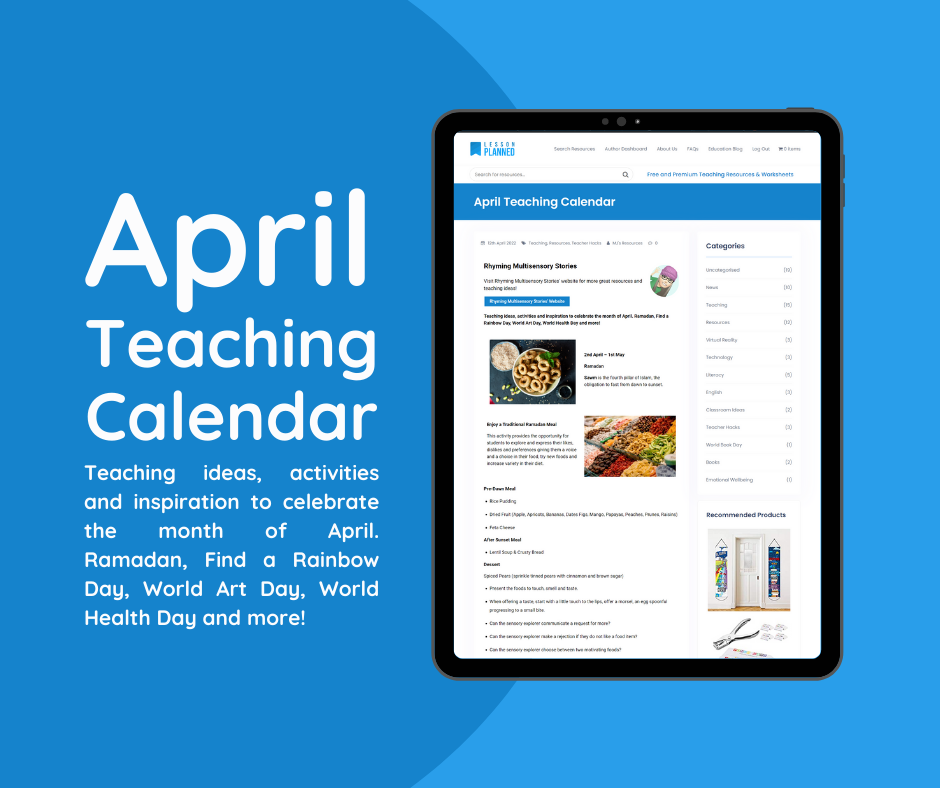- 12 April 2022
- Resources, Teacher Hacks, Teaching
- MJ's Resources
- 0
Teaching ideas, activities and inspiration to celebrate the month of April. Ramadan, Find a Rainbow Day, World Art Day, World Health Day and more!

2nd April – 1st May
Ramadan
Sawm is the fourth pillar of Islam, the obligation to fast from dawn to sunset.
Enjoy a Traditional Ramadan Meal
This activity provides the opportunity for students to explore and express their likes, dislikes and preferences giving them a voice and a choice in their food, try new foods and increase variety in their diet.
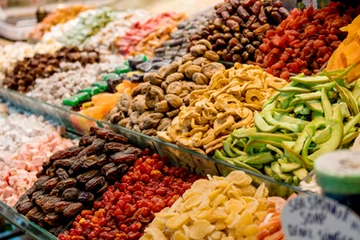
Pre-Dawn Meal
Rice Pudding
Dried Fruit (Apple, Apricots, Bananas, Dates Figs, Mango, Papayas, Peaches, Prunes, Raisins)
Feta Cheese
After Sunset Meal
Lentil Soup & Crusty Bread
Dessert
Spiced Pears (sprinkle tinned pears with cinnamon and brown sugar)
Present the foods to touch, smell and taste.
When offering a taste, start with a little touch to the lips, offer a morsel, an egg spoonful progressing to a small bite.
Can the sensory explorer communicate a request for more?
Can the sensory explorer make a rejection if they do not like a food item?
Can the sensory explorer choose between two motivating foods?
Be allergy aware.
3rd April
Find a Rainbow Day
The rainbow flag represents the LGBTQ community.
The National Find a Rainbow Day is also used to spread awareness about the LGBTQ community.

Engage in Scientific Investigation
Make a Rainbow
You will need
Torch
Glass
Water
Sheet of White Paper
Method
Fill a glass 3/4 with water.
Place a white sheet of paper on a table.
Hold the glass above the paper.
Shine the torch from the top of the glass above the water
Adjust the position of the paper until the rainbow form.
The Science Bit!
When the light passes through the water it breaks up into all the colours it is made from creating a rainbow.
Rainbows End Treasure Hunt
This activity promotes problem solving skills and physical development.
Hide multicoloured ‘treasure’ items around the room, garden or outdoor area (under rocks, in leaf piles or in containers): Acrylic Gems, Baubles, Buttons, Coloured Pegs, Costume Jewellery, Lego/Duplo Bricks, Material, Pom Poms, Ribbon, Tinsel.
Provide clues to help students to locate the treasure. This can be done verbally, through the ‘hot’ and ‘cold’ game, riddles, visual clues or provide a map.
Provide a box or bag for the sensory explorer to store their discovered treasure as they find it.
Alternatively provide a tick list or create a laminated visual board for the sensory explorer to tick off or circle as the treasure is found.
Alternative Treasure Hunt Activity
Place multicoloured ‘treasure’ inside a box of coloured shredded paper.
Can the students use their sense of touch to find the items?
Provide a torch to explore how the treasure sparkles and reflects in the light.
Explore a Kaleidoscope.
Can the student rotate the dial independently and watch the images and patterns created as the colourful beads, feathers and small pieces of glass rotate?
Colour Sorting Game
Develop Fine Motor Skills and Colour Recognition
Can the sensory explorer use safety tweezers/chopsticks/their fingers and thumbs to pick up coloured buttons, Lego bricks, pom poms, gems and rainbow drops?
Can the sensory explorer sort items of the same colour into boxes/baskets.
Rainbow Sensory Umbrella
Thread the ribs of an umbrella with multicoloured LED battery lights (tape the battery pack to the handle of the umbrella)
Tie colourful ribbons, streamers and mirrors (to reflect the colours) to the ribs of the umbrella. Rotate.
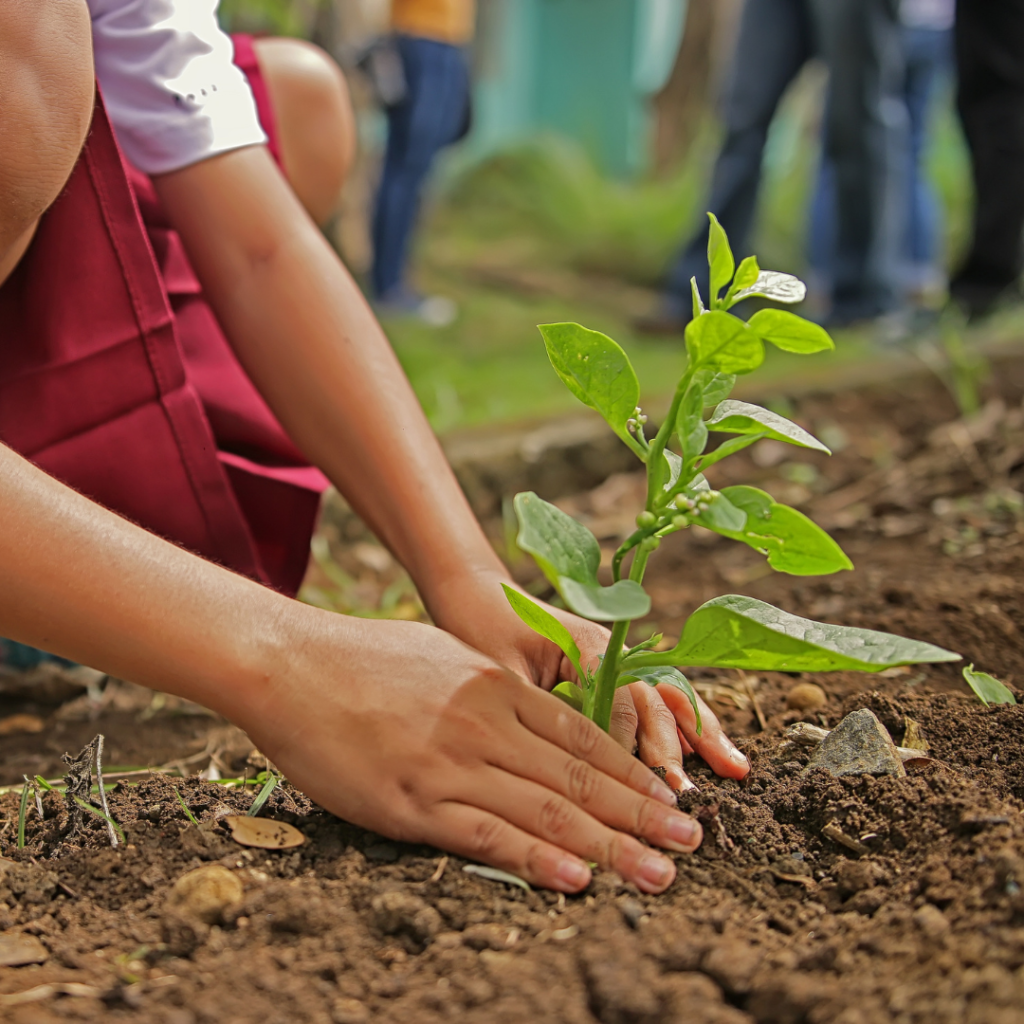
7th April
World Health Day
World Health Day is dedicated to promoting the benefits of good health and wellbeing.
Themes change each year, for 2022, WHO will focus global attention on urgent actions needed to keep humans and the planet healthy. Clean air, clean water and clean food.
Help the Planet…Plant a Tree
Trees absorb carbon dioxide and produce oxygen help to clean the air by absorbing pollutants.
Head into your school/setting grounds or the local park/greenspace.
Search for tree seeds, nuts and cones.
(Wear gloves and do not ingest)
Tree Seeds: Apple Pip, Ash, Common Lime, Maple, Sycamore
Tree Nuts: Acorns, Beech, Hazel, Horse Chestnut, Sweet Chestnut
Tree Cones: Alder, Cedar, Cypress, Pine, Silver Birch.
Plant the seeds, nuts and cones into soil, water and place on a sunny windowsill.
Plant a Pinecone!
You will need
A pinecone
Soil
Pot
Water
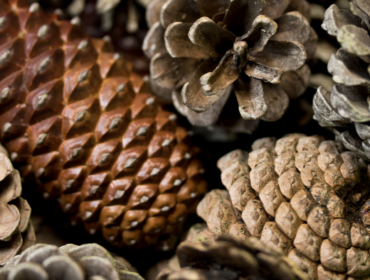
Method
Fill the soil to the top of the pot.
Place the base of a pinecone in the soil.
Water (but do not saturate)
Place on a sunny windowsill.
Foliage will grow from the cones. You can then plant the cone into the soil outdoors.
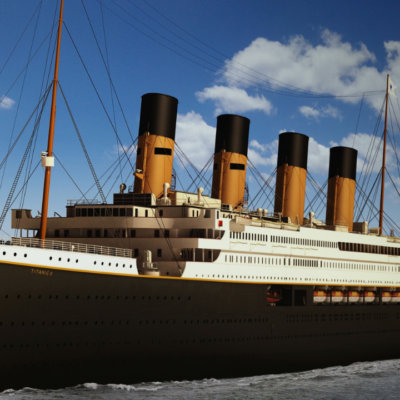
15th April
Anniversary of Sinking of the Titanic
Explore the properties of a variety of materials to see which materials float and which ones sink.
Make your boats from the materials that float.
For the Boat Base: Balsa, Cardboard Box, Cd’s, Corks, Cupcake Cases, Feathers, Margarine Tubs, Match Sticks, Plastic Bottle Tops, Plastic Bottles, Lids Dishes and Plates, Sponges, Straws, Styrofoam, Twigs, Wooden Craft Sticks. The Sail: Balloons, Card, Feathers, Foam Shapes, Leaves, Material.
Experiment Make egg box and paper boats.
Explore Cause & Effect Can the sensory explorer direct a fan (battery operated fan/dynamo ‘squeeze’ fan/hand-held fan, paper/silk fan) at the boat to move it across the water?
Compete Hold a boat race.
Can the students predict the boat that will win?
Explore Can you add cargo to your boat?
Test Durability
Add Ice cubes to the water. How well do the boats navigate these obstacles?
Engage in Scientific Investigation Add salt to the water. Does this enable the boats and materials to float easier?
15th April
World Art Day
World Art Day is a celebration to promote the development, diffusion and enjoyment of art around the world.
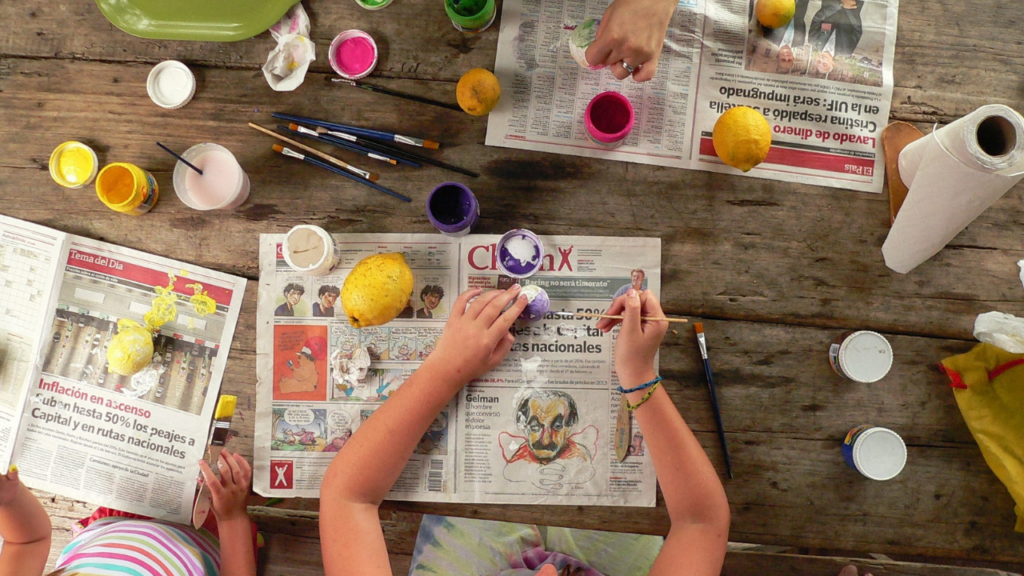
This is a wonderful spring activity that engages the senses, promote fine motor skills and creativity.
Spring Paintbrushes
You will need:
Dried Grasses
Feathers
Flowers
Leaves
Herbs (e.g. Lemon Balm Mint, Rosemary & Thyme)
- Twigs/Sticks
Seed Heads
Straw
Masking Tape/Rubber Band/String
Paper
Paint
Method
Tape or tie different nature items onto sticks using a rubber band or string, dip in paint and get creative!
Explore lines, swirls and create patterns.
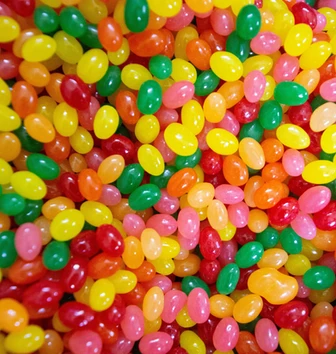
22nd April
National Jelly Bean Day!
This is a fun activity (and we all need a little treat!)
Can the students guess the flavour of the jellybean? (to make this easier offer a multiple choice)
Can the students use adjectives to describe the flavour (bitter, buttery, citrus, floral, fresh, fruity, grapey, lemony, limey, refreshing, sour, sweet, syrupy, tangy, tart, toasty, vanilla, zesty, zingy)
Can other students guess the flavour by the description? (Be aware of allergies and choking hazards)
29th April
World Zipper Day!
A day to be grateful for those little inventions that make a big difference to our lives and an opportunity to promote fine motor skills.
Explore fastenings:
Buckles, Buttons, Cuff Links, Eyelets, Magnetic Clasps, Metal Hook & Eye, Shoelaces, Sliders, Snap Hooks, Toggles, Velcro, Zips.
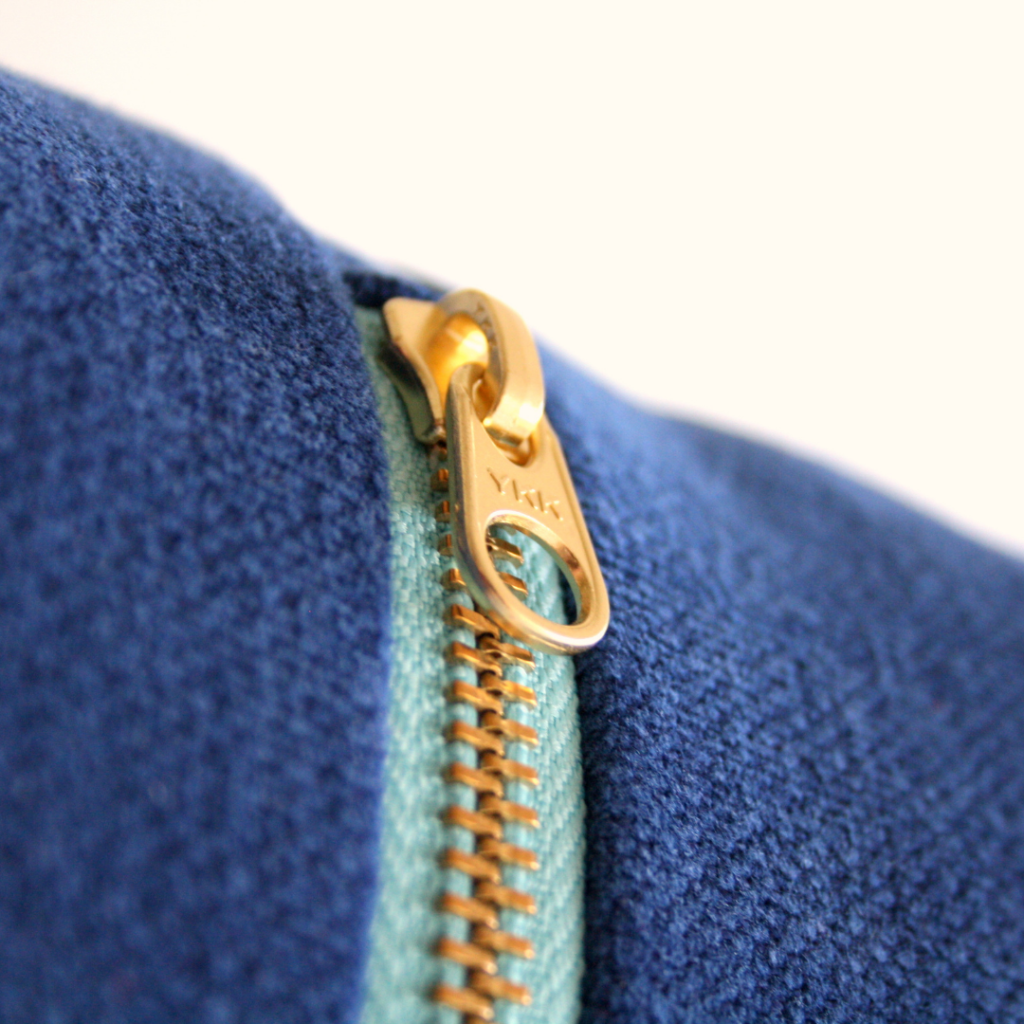

28th April
National Superhero Day
A day to honour all superheroes, both fictional and real.
Activity Idea
Balance Like a Superhero
Balance on a beam or walk along a chalk line without going over the edge.
Balance on a peanut ball, balance board or air cushion.
Climb on a climbing/traverse wall or a ‘jungle gym’
Ride a bike, trike, go-cart or a scooter.
Jump on a trampoline.
Roller-skate, ice-skate or ride skate board.
Walk on ‘skis’, ‘stilts’, ‘mini hops’, ‘stompers’ or ‘giant foam feet’
Suggested Resource
‘Superheroes – A Multisensory Adventure!’
(£3.98)
Explore superheroes as our student takes you through his school day and meets the superheroes in his/her life.
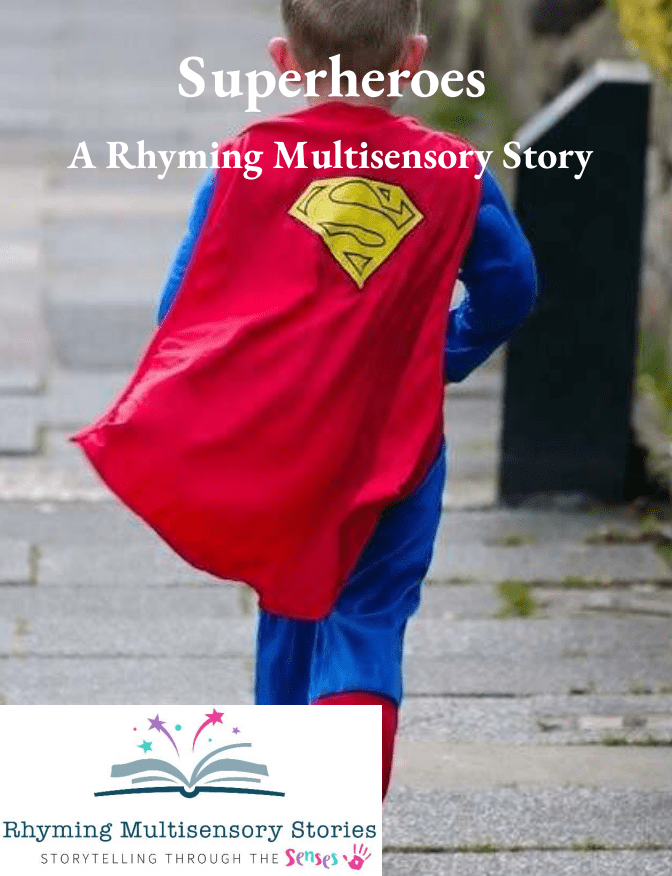
April is National Pet Month
Create a Pet Food & Pet Toy Store Role Play Area
Set a table and chair to create a service counter.
Provide a till/cashbox and money.
Lay out tables and display products to sell: Pet toys (raid the PE cupboard for tennis balls, skipping ropes and frisbees), brushes/combs, dog toys, animal feed, straw, bowls, gravel and sand for fish and reptiles, shells, pebbles, seaweed/grass.
Make a ‘loose’ animal feed area.
Can students use playdoh/plasticine to make animal food (bones, biscuits, kibble) Can students use scissors or tear multicoloured tissue paper to make fish food to sell?
Add bird seed.
Provide a scoop and paper bags and scales for measuring the food.
Encourage students to work together in pairs or groups in their roles in the shop e.g., the manager, shop assistant, cashier, customers. This sharing of roles and turn taking will develop awareness of others’ thoughts, feelings and opinions.
Provide art and craft materials so that students make badges to identify their different job roles.

